It’s fair to say the Balthazar Building in central Yangon has seen better days. The rails are rusted, the Italian marble floors are cracked and the birdcage elevator hasn’t worked in more than 40 years. In the building’s central courtyard, rats poke through piles of garbage and empty plastic bottles. “We have many dangers here,” said U Aung Than, 65, a lawyer who works out of a shoebox office on the second floor. “It’s almost falling down.”
Built in 1905 by the Armenian traders and insurance brokers Balthazar & Son, this red brick structure once housed the offices of companies including Siemens. But as the decades have passed, the building has grown so dilapidated that offices have their own inner shell of corrugated iron to guard against rainwater and falling plaster. “I don’t know whether the building will be preserved or not, but every day we are working here it is very dangerous,” Than said.
Where most other Asian cities saw their heritage wiped out by ugly urban sprawl, decades of isolation have largely shielded Yangon’s colonial buildings from demolition. Across downtown Yangon, many more British colonial buildings like the Balthazar still loom out of the noise and bustle, proud totems of a bygone era. “Yangon is a city that has been stuck in time,” said Ian Morley, an urban historian at the Chinese University of Hong Kong. “It’s been trapped in a bubble, the era in which it was built.”
But things are changing. Over the past few years, rents in Myanmar’s largest city have soared as foreign tourists and investors flooded in. A maelstrom of commercial development suddenly threatens buildings like the Balthazar, which have moldered undisturbed for decades in the tropical heat. “Yangon is under constant pressure to pull down buildings and put up towers,” said Rupert Mann, a senior program manager at the Yangon Heritage Trust (YHT), which works to protect the city’s architectural legacy.
Yangon’s downtown grid was laid out by British town planners in 1852, at the height of the empire. Under colonial rule, Rangoon, as it was then known, grew rapidly. By the 1930s, it had become a bustling port city of some 400,000 people from across the empire, a cosmopolitan mix of Armenian and Jewish merchants, Burmese and Indian tradesmen, and expatriates from imperial centers like London, Glasgow and Calcutta – all of whom left their mark on the city’s urban fabric.
Around the corner from the Balthazar Building stands another Yangon landmark. Named after the family of Baghdadi Jewish traders who erected it in 1906, the mustard colored Sofaer Building once represented the empire in microcosm, housing a Reuters telegram office, a Japanese hospital, a Viennese coffee shop and stores that sold imported luxuries like Egyptian cigarettes, German beer and British textiles.
Today it too has fallen into disrepair. In the darkness, jerry-rigged electrical wiring hangs above signs advertising long forgotten companies; upstairs, residents string their laundry from top floor windows. “It would be good if the government could do some renovations,” said U Win Than, 62, who runs a tea shop in the first floor hallway, next to the derelict elevator shaft, its cast iron grille covered in a thick layer of grime and dust. “In my opinion, historical buildings like this one should be preserved.”
“It’s one organism… The heritage significance is the buildings as a collection, the way that they relate to each other as a cityscape.”
The jewel in colonial Yangon’s crown was the Secretariat, the former seat of the British administration and the site where General Aung San and eight others were assassinated on the eve of independence. Occupying an entire city block, this sprawling red brick complex – a riot of turrets, domes and shaded walkways – was an icon of British imperial prowess, repurposed by the Myanmar government after the country won its independence in 1948. But when the government relocated to the new capital Naypyidaw in 2005, the Secretariat was abandoned. Today it slumbers behind barbed wire fences, its gardens overgrown, its windows opening onto unlit passages.
But Myanmar faces many obstacles to preserving these old relics in rapidly changing Yangon, which is expected to grow into a megacity of 10 million by 2040. Though the Yangon City Development Committee (YCDC) has officially earmarked 189 buildings for protection, old structures continue to succumb to the wrecking ball, and city authorities say they are deluged with plans for modern developments. “When the government was changed [in 2011] there were many proposals for high rises and new constructions, and we had to control it,” said U Toe Aung, the head of the urban planning department at Yangon City Hall, another musty colonial landmark overlooking Mahabandoola Garden, known in British times as Fytche Square. “Some investors think we are just preventing natural development in the city. They think we want to keep Yangon city as a museum,” said Toe Aung.
Earlier this year, the YCDC endorsed a zoning plan that would see strict height limits imposed in Yangon’s downtown grid. When approved, Aung said they will lessen the demolition pressures in the downtown. At the same time, several buildings have been leased to developers who plan to turn them into condos, fancy hotels and modern office buildings. Provided the restorations are conducted well, many buildings stand to be saved.
But for the YHT, established in 2012, saving a few iconic buildings at the expense of the rest is not a solution. “It’s one organism,” Mann said of downtown Yangon. “The heritage significance is the buildings as a collection, the way that they relate to each other as a cityscape.” Over the past two years, YHT has conducted a detailed inventory of Yangon’s heritage buildings and helped draft new regulations to set up a register of heritage properties and a commission to administer them. But even with the legal framework in place, Mann said another challenge is to make sure the buildings are utilized in such a way that their preservation is economically sustainable. Then there is the legacy of Myanmar’s military dictatorship – the lack of transparency and communication between the various government bodies involved in urban planning.
Still, he remains cautiously optimistic. If it acts quickly, Yangon still has the potential to create a “world-class downtown heritage zone” that would be unique in Asia. “Knowing what to do and how to do it is not the complicated thing at all. It’s whether the authorities here have the political will to change the way they operate,” Mann said. “If it’s managed well they can have a modern city, as well as an entirely unique city.”
Published by UCANews, August 7, 2014

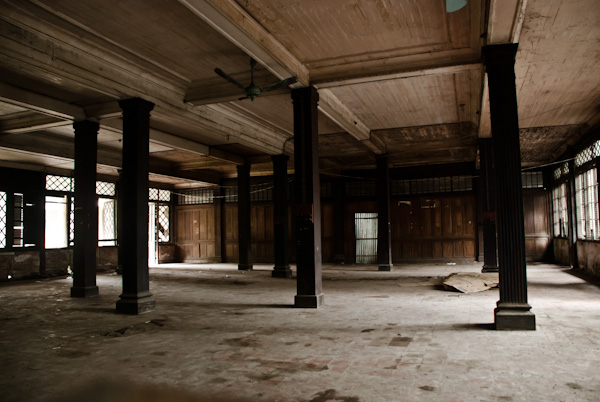
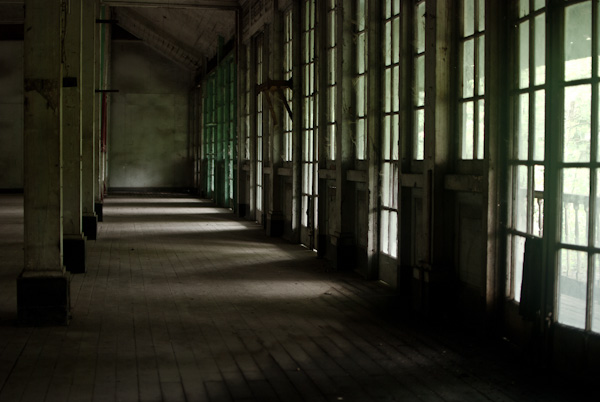
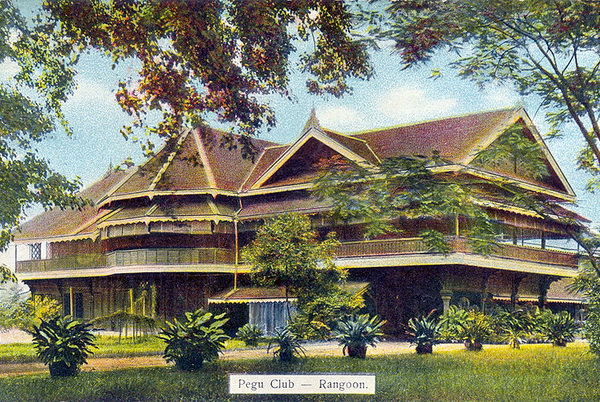
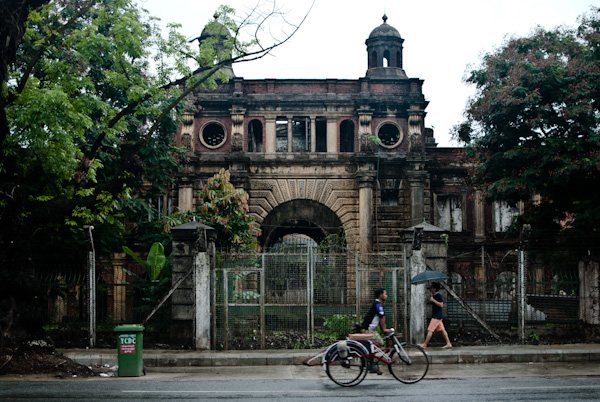
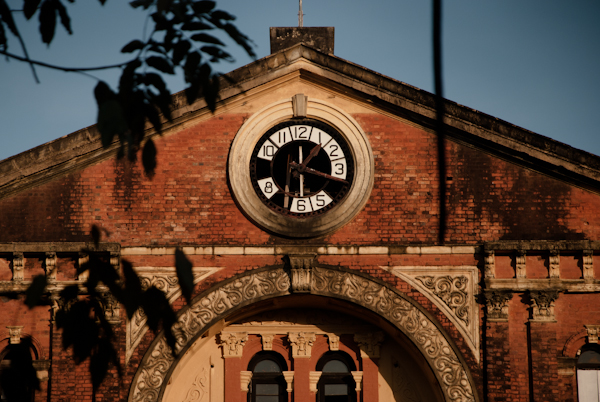
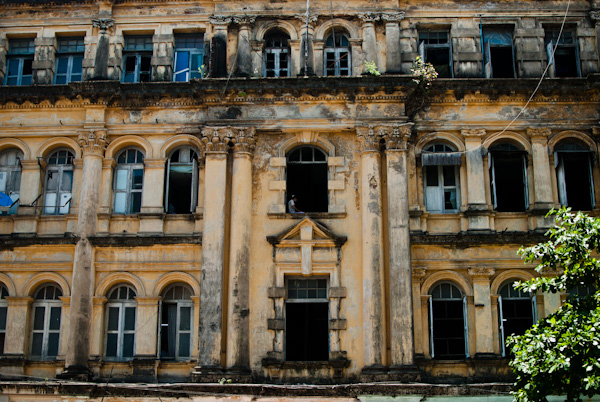
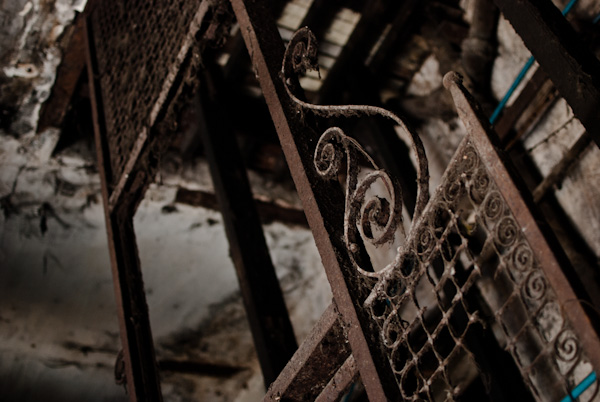
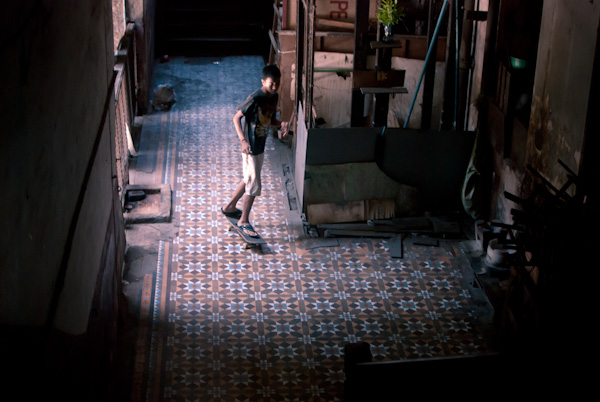
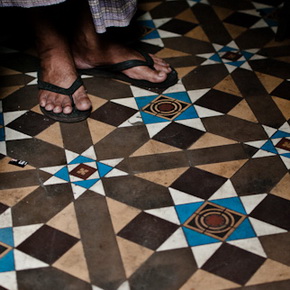
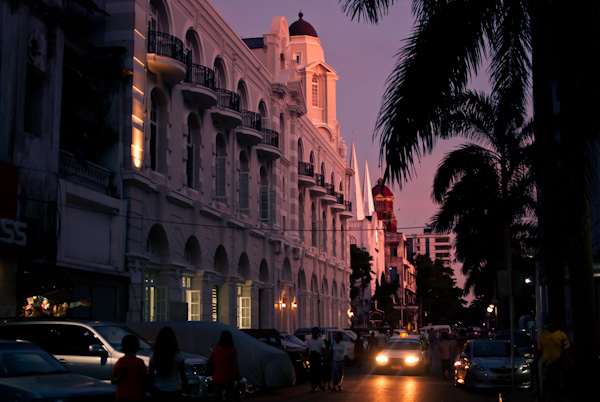
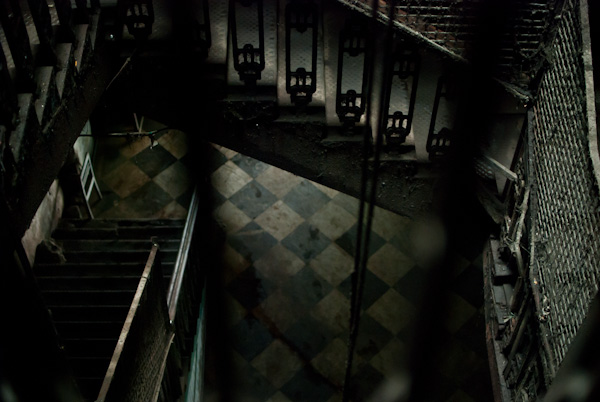
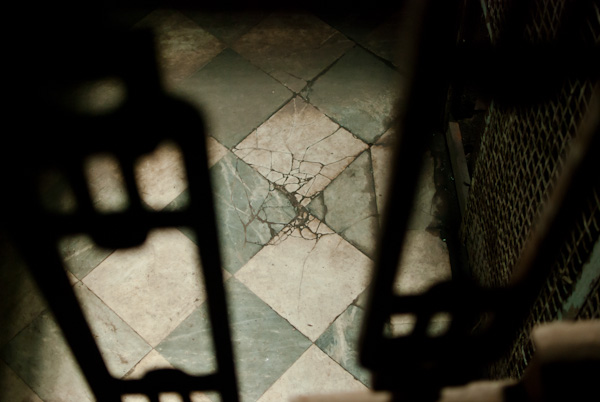


1 comment
philipcoggan says:
Oct 2, 2014
“With sensitive planning, Myanmar’s old capital could be stunningly transformed.”
And with short-sighted greed it could become JAFAC (Just Another F***ing Asian City). I’m not optimistic.